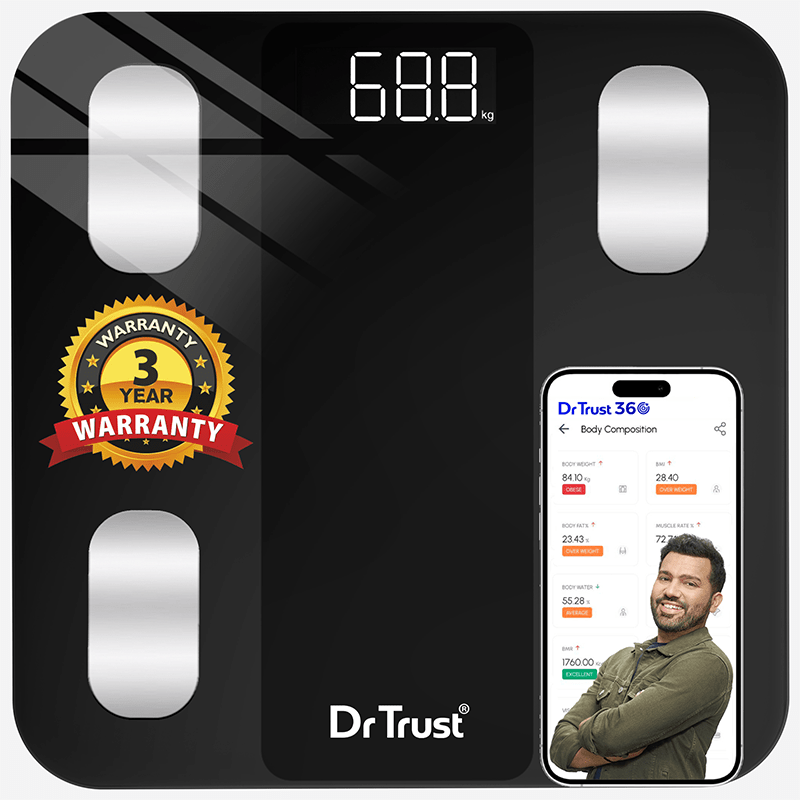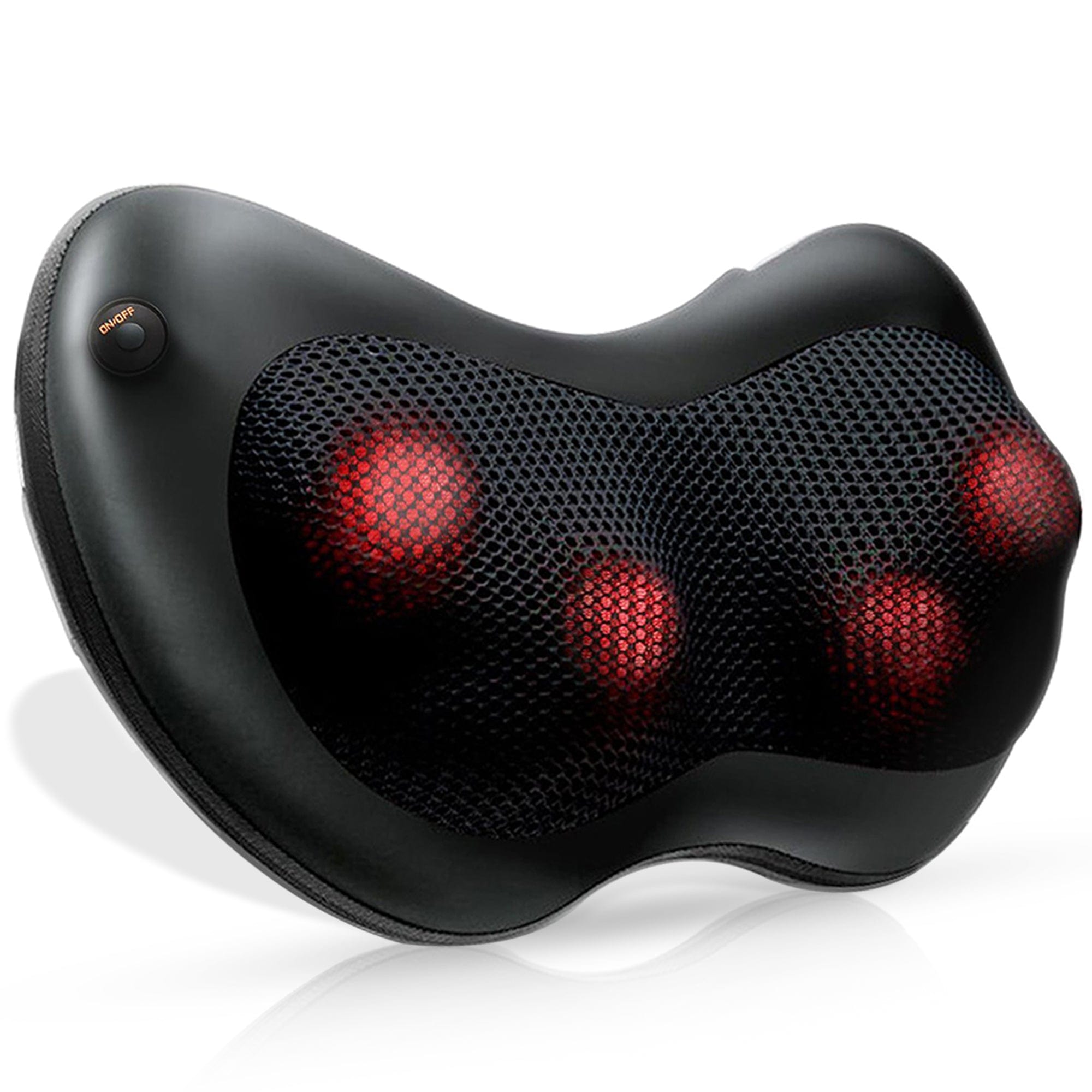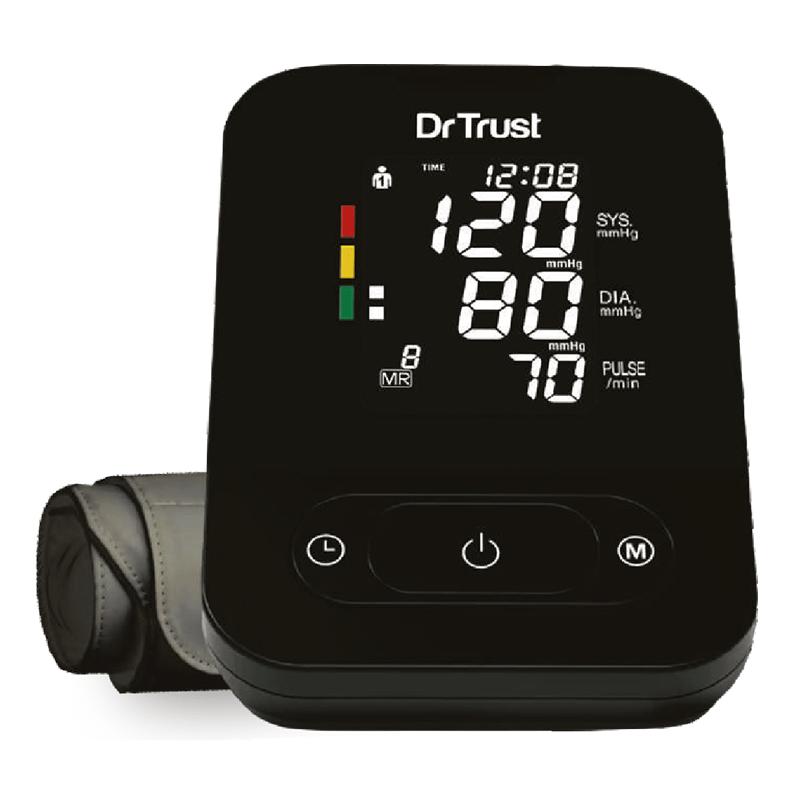Shubhanshu Shukla made India proud with his crucial involvement in the Axiom mission 4. He has piloted the spacecraft to the ISS, where he will be conducting research. The objective of the fourth mission which Axiom is executing in partnership with 30+ countries is to make space travel, usable for common public, the mission includes conducting 60 plus researches to know more about space travel and how to make it accessible to common people.— it’s about pushing the boundaries of human spaceflight readiness. One of Ax-4’s key objectives is to improve astronaut health monitoring to ensure future crews — including common folk as astronauts — are safe, capable, and space-ready.
So how exactly do astronauts keep track of their health when floating in zero gravity, millions of miles away from the nearest clinic? This blog dives into the real-time health monitoring tools and technologies the Ax-4 crew is using to monitor their vital signs — and what we on Earth can learn from them.
Why Health Monitoring Matters in Space
Even though humanity has been involved in space travel for a long time now, there are many known and unknown ways in which spaceflight can affect a human body. In order to safeguard astronauts’ health and gather accurate data, continuous health monitoring during missions is essential.
Following are the common effects space has on the human body:.
• Fluids shift toward the head, increasing intracranial pressure
• Muscles and bones weaken rapidly without gravity
• Blood sugar levels, cardiovascular activity, and sleep rhythms are disrupted
These changes are subtle at first, but can have major implications if left unchecked. That’s why constant, real-time monitoring is key — not just for mission success, but to ensure the safety of the astronaut.
Following are some of the methods, which the astronauts are utilising.
Oura Ring: The Sleep & Readiness Tracker
One of the most high-profile tools aboard the Ax-4 mission is the Oura Ring — a sleek wearable that tracks:
• Sleep quality
• Heart rate variability (HRV)
• Resting heart rate
• Skin temperature
The data collected is processed onboard using edge computing, meaning astronauts get instant feedback without needing to wait for analysis from Earth. This is crucial for future deep-space missions (like Mars), where communication delays make real-time decisions harder.
According to Booz Allen and Axiom Space, this system helps crew members determine if they’re mentally and physically fit to carry out critical tasks — much like a personalized mission readiness score.
Blood Sugar Monitoring in Zero Gravity
Ax-4 is also testing Continuous Glucose Monitoring (CGM) systems to better understand how blood sugar behaves in space. This matters not only for diabetic astronauts, but also for:
• Studying metabolic changes in microgravity
• Designing space-friendly medical tools
• Expanding access to space for individuals with medical conditions like diabetes
These CGMs provide round-the-clock glucose data. The astronauts are also equipped with insulin pens — not for treatment, but for research. Scientists are studying how spaceflight conditions like radiation and zero gravity affects the stability and performance of insulin delivery systems.
Blood Pressure and Cardiovascular Health
In micro gravity, the cardiovascular system behaves very differently. Blood doesn't pool in the legs, and the heart may not need to work as hard. However, this can mask underlying health issues.
To address this, astronauts are:
• Wearing biosensors to monitor heart rate and blood pressure
• Using smart garments that continuously record cardiac function
• Participating in experiments to see how micro gravity affects vascular function over time
All this data feeds into a larger goal: creating predictive models of astronaut health that can be used both in space and in remote areas on Earth.
Why This Matters for Earth
The innovations tested on the Ax-4 mission aren’t just for astronauts — they carry profound implications for healthcare back home, especially in remote or underserved areas:
When Group Captain Shubhanshu Shukla flew to space on June 25, 2025, he did not rely on instinct or guesswork to manage his health.
As the first Indian to reach the International Space Station in over four decades, every vital sign, from blood pressure and pulse to oxygen saturation and stress responses – everything was tracked in real time using advanced monitoring systems.
Why such precision?
Because in space, there is no room for assumptions. The smallest variation in oxygen or pressure could signal a life-threatening change.
If astronauts need to track their vitals in a high-tech environment to stay safe — maybe it is time we start doing the same.
Well, if astronauts in high-tech, controlled environments rely on continuous health monitoring to stay alive, is not it time we adopt the same approach here on Earth too because health surprises are just as dangerous, and often far less predictable.
Explore More: How is the Smart Home Healthcare Market and Its Innovations Shaping The Future?
Final Thought
The Ax-4 mission is more than a test flight — it is a floating health lab, showing us what it means to track, understand, and act on human vitals in the harshest environment imaginable. As we prepare for longer missions and broader astronaut eligibility, health-monitoring tech will be our most trusted crewmate. You do not have to be in space to take your health seriously.

Explore the range of BP Monitors, Glucometers , Glucometers and Oximeters at Dr Trust.














